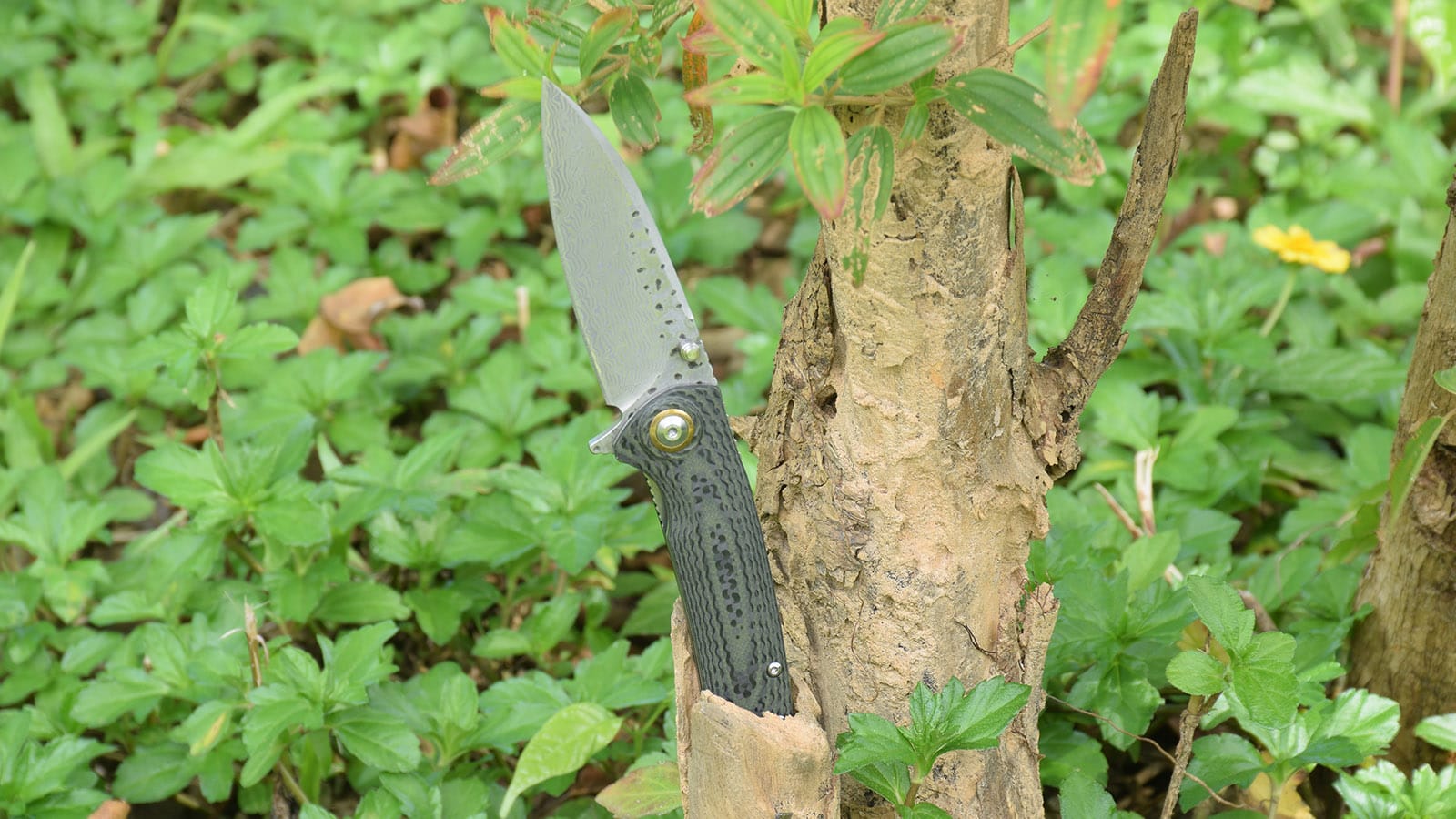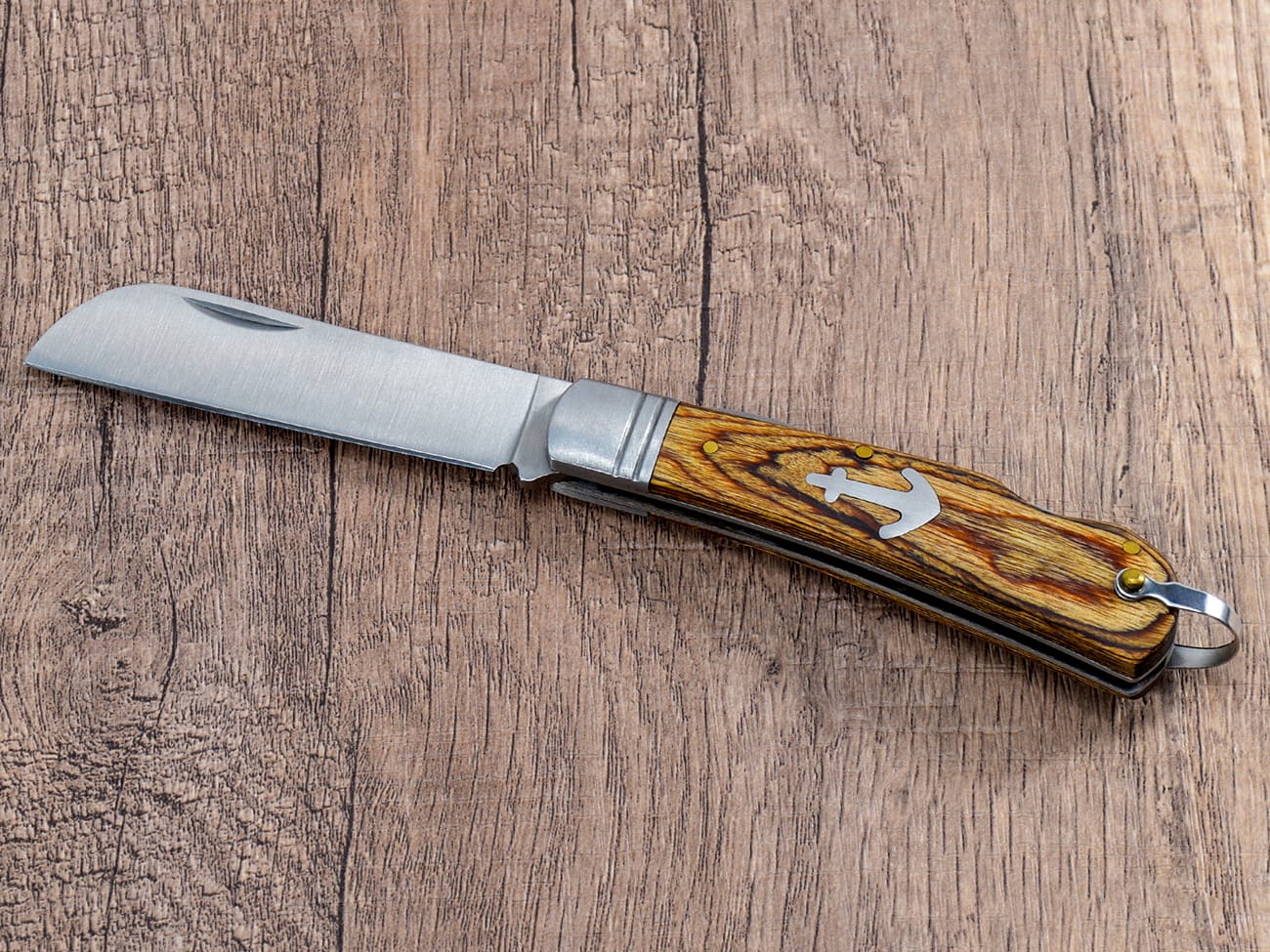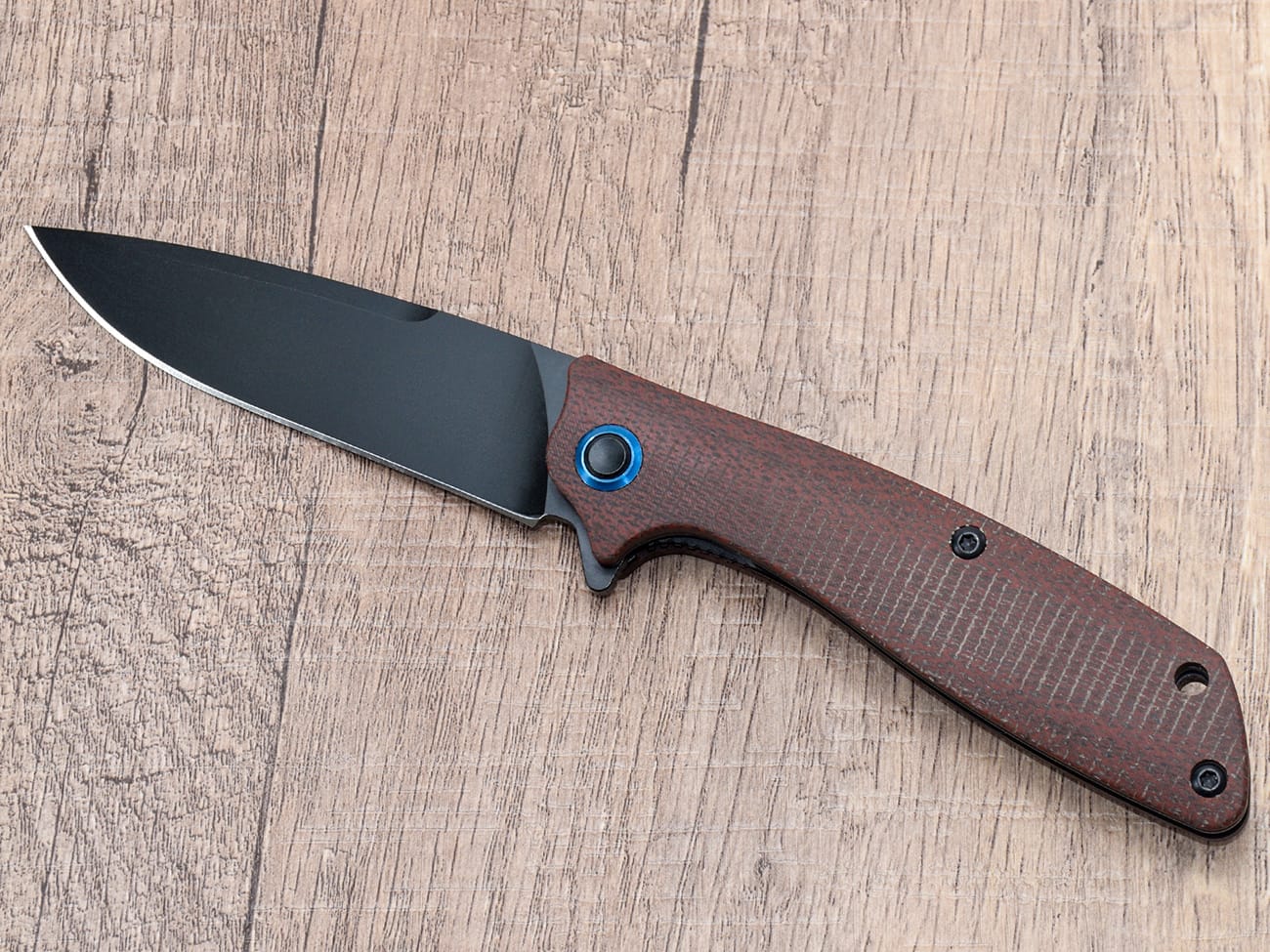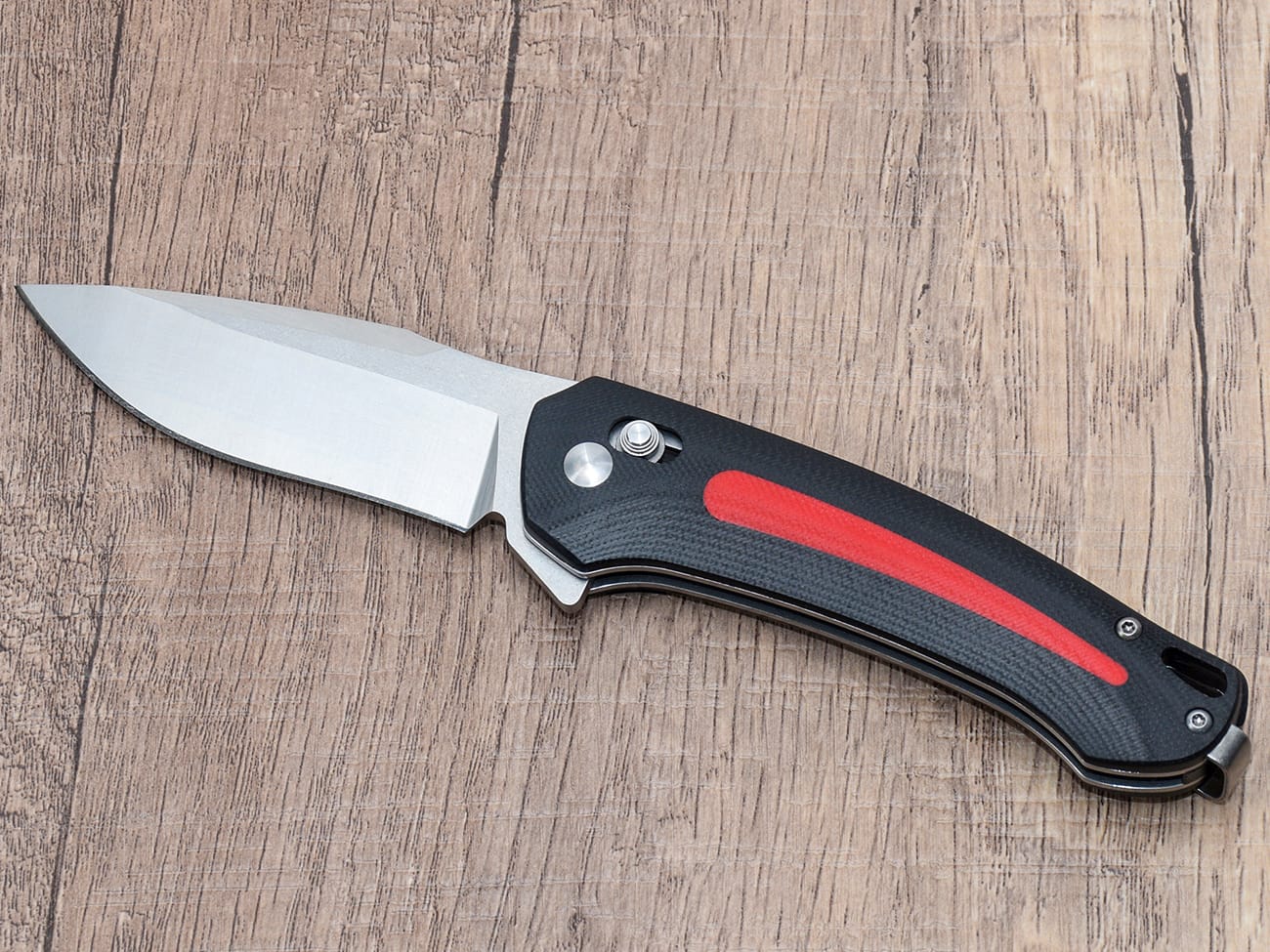Are you a knife enthusiast looking to understand the true quality of your blade? Knowing how to test the hardness of a knife is an essential skill for anyone serious about their cutting tools. In this comprehensive guide, we’ll explore various methods to evaluate blade hardness, from professional techniques to DIY approaches. Whether you’re a knife maker or simply curious about your pocket knife’s performance, this article will equip you with the knowledge to assess and appreciate the hardness of your steel companions.
Why is Knife Hardness Important?
Before we dive into testing methods, let’s understand why hardness matters:
- Edge retention: Harder blades typically hold their edge longer.
- Sharpness: A harder steel can often achieve a sharper edge.
- Durability: The right hardness balances toughness and wear resistance.
- Performance: Hardness affects how a knife performs in various cutting tasks.
The Rockwell Hardness Scale: The Industry Standard
When discussing knife hardness, the Rockwell C scale (HRC) is the go-to reference:
- Most knives fall between 54-64 HRC
- Higher numbers indicate harder steel
- Optimal hardness depends on the knife’s intended use
Professional Methods for Testing Knife Hardness
1. How Does a Rockwell Hardness Tester Work?
The Rockwell hardness test is the most accurate and widely used method in the industry:
- Uses a diamond-tipped indenter
- Measures the depth of indentation under a specific load
- Provides a precise HRC value
2. What is the Vickers Hardness Test?
Another professional method, the Vickers test:
- Uses a pyramid-shaped diamond indenter
- Measures the size of the indentation
- Suitable for very hard materials
3. Can You Use a Portable Hardness Tester?
For field testing, portable options are available:
- Less accurate than bench-top models
- Convenient for on-site evaluations
- Useful for knife makers and collectors
DIY Methods: How Can You Test Knife Hardness at Home?
While not as precise as professional equipment, these methods can give you a general idea of your knife’s hardness:
4. The File Test: A Classic Approach
One of the simplest ways to gauge hardness:
- Get a quality hardness testing file
- Try to file the knife’s spine
- If the file skates off, the knife is likely harder than the file
- If it bites in, the knife is softer
Note: This method is comparative and can damage your knife’s finish.
5. How Effective is the Brass Rod Test?
A non-destructive method to test edge hardness:
- Use a brass rod (softer than most knife steels)
- Drag the edge across the rod
- A harder blade will leave a clean cut
- A softer blade may roll or chip
6. What Can the Thumbnail Test Tell You?
A quick, but subjective test:
- Gently press the blade edge against your thumbnail
- A harder blade will bite in without much pressure
- A softer blade will slide more easily
Caution: Be extremely careful to avoid injury.
7. Is There a Sharpness Test That Indicates Hardness?
While not directly measuring hardness, sharpness can be an indicator:
- Use standardized cutting tests (e.g., rope cutting, paper slicing)
- Harder steels often maintain their edge through more cuts
- Compare performance against knives of known hardness

Factors Affecting Knife Hardness
8. How Does Steel Type Influence Hardness?
The chemical composition of the steel plays a crucial role:
- Carbon content: Higher carbon generally allows for greater hardness
- Alloying elements: Chromium, vanadium, and others affect hardenability
- Heat treat response: Some steels can achieve higher hardness than others
For example, a D2 steel pocket knife can often achieve higher hardness than an 8Cr13MoV blade.
9. What Role Does Heat Treatment Play?
Heat treatment is perhaps the most critical factor in determining a knife’s final hardness:
- Heating: Brings the steel to its critical temperature
- Quenching: Rapidly cools the steel to “lock in” hardness
- Tempering: Reduces brittleness at the cost of some hardness
A properly heat-treated knife will have the optimal balance of hardness and toughness for its intended use.
10. Can Blade Geometry Affect Perceived Hardness?
While not directly affecting the steel’s hardness, blade geometry can influence how hard a knife feels during use:
- Thinner blades may feel “harder” as they slice more easily
- Thicker blades might feel “softer” due to increased resistance
- Edge angle impacts perceived sharpness and durability
Interpreting Hardness Test Results
11. What is the Ideal Hardness for Different Knife Types?
Optimal hardness varies depending on the knife’s purpose:
- EDC knives: Often 58-61 HRC for a balance of edge retention and toughness
- Kitchen knives: Usually 56-61 HRC, with Japanese knives often on the harder end
- Outdoor/survival knives: Typically 55-58 HRC for increased toughness
12. How Does Hardness Affect Knife Performance?
Understanding the trade-offs is crucial:
- Higher hardness (60+ HRC):
- Better edge retention
- Potential for a sharper edge
- Increased brittleness and chipping risk
- Lower hardness (below 58 HRC):
- Improved toughness and flexibility
- Easier to sharpen
- Reduced edge retention
13. Can a Knife Be Too Hard?
Yes, excessive hardness can be detrimental:
- Increased risk of chipping or breaking
- Difficulty in sharpening
- Potential for catastrophic failure under stress
Most knife makers aim for a “sweet spot” that balances hardness with toughness.
Advanced Considerations in Knife Hardness
14. How Does Differential Hardening Affect a Blade?
Some knives, particularly traditional Japanese swords and certain modern knives, employ differential hardening:
- Creates a harder edge and softer spine
- Combines edge retention with overall toughness
- Often visible as a “hamon” line on the blade
15. What is Edge Stability, and How Does It Relate to Hardness?
Edge stability refers to a blade’s ability to resist deformation:
- Affected by both hardness and the steel’s microstructure
- Higher hardness generally improves edge stability
- Some steels maintain better edge stability at lower hardness levels
16. How Do Coatings and Surface Treatments Impact Hardness Testing?
Surface treatments can complicate hardness testing:
- DLC (Diamond-Like Carbon) coatings can be harder than the base steel
- Nitriding or carburizing can create a hard surface layer
- Always test on an uncoated portion of the blade for accurate results
Practical Applications of Hardness Knowledge
17. How Can Understanding Hardness Improve Your Knife Usage?
Knowing your knife’s hardness helps you:
- Choose the right knife for specific tasks
- Adjust your sharpening technique and angle
- Understand the limits of your blade to prevent damage
18. What Should Knife Buyers Look for Regarding Hardness?
When shopping for a new knife:
- Look for hardness specifications from the manufacturer
- Consider the intended use and choose an appropriate hardness range
- Be wary of extreme claims (e.g., incredibly high hardness numbers)
19. How Can Knife Makers Utilize Hardness Testing?
For those making knives:
- Ensure consistent quality across batches
- Fine-tune heat treatment processes
- Provide accurate specifications to customers
Maintaining and Caring for Knives of Different Hardnesses
20. How Should You Sharpen Knives of Varying Hardness?
Adapting your sharpening technique is crucial:
- Harder knives (60+ HRC):
- Use diamond or ceramic stones
- Maintain a consistent angle
- Take your time to avoid overheating
- Softer knives (below 58 HRC):
- Whetstones or ceramic rods work well
- Can often use slightly lower grit progressions
- May require more frequent touch-ups
21. What Are the Best Storage Practices for Knives of Different Hardnesses?
Proper storage helps maintain your knife’s edge:
- Harder knives: Use individual sleeves or knife blocks to prevent chipping
- Softer knives: Magnetic strips can work well, but avoid metal-on-metal contact
- All knives: Keep dry and oil carbon steel blades to prevent corrosion
22. How Often Should You Test Your Knife’s Hardness?
For most users, frequent testing isn’t necessary:
- Test after any major repairs or modifications
- Consider annual testing for heavily used knives
- Professional kitchens might test more frequently for quality control
The Future of Knife Hardness Testing
23. What Innovations Are Emerging in Hardness Testing Technology?
The field of hardness testing continues to evolve:
- Non-destructive ultrasonic testing methods
- AI-powered image analysis for indentation tests
- Miniaturized, more affordable Rockwell testers for hobbyists
24. How Might Nanotechnology Impact Knife Hardness?
Emerging nanotechnologies could revolutionize knife materials:
- Nanostructured steels with improved hardness-to-toughness ratios
- Carbon nanotube reinforced blades
- Self-healing materials that could maintain edge integrity
Conclusion: Mastering the Art of Knife Hardness
Understanding and testing knife hardness is a valuable skill for any knife enthusiast. From professional Rockwell testers to simple at-home methods, there are numerous ways to gauge the hardness of your blade. Remember that hardness is just one aspect of a knife’s overall quality and performance. The ideal hardness depends on the knife’s intended use, the steel type, and the heat treatment process.By mastering the concepts of knife hardness, you’ll be better equipped to:
- Choose the right knife for your needs
- Properly maintain and care for your blades
- Appreciate the craftsmanship behind high-quality knives
- Make informed decisions when purchasing or making knives
Whether you’re a professional chef, an outdoor enthusiast, or a pocket knife collector, the knowledge of knife hardness will enhance your appreciation and use of these essential tools. So go ahead, test your blades, and cut through the mystery of knife hardness!




